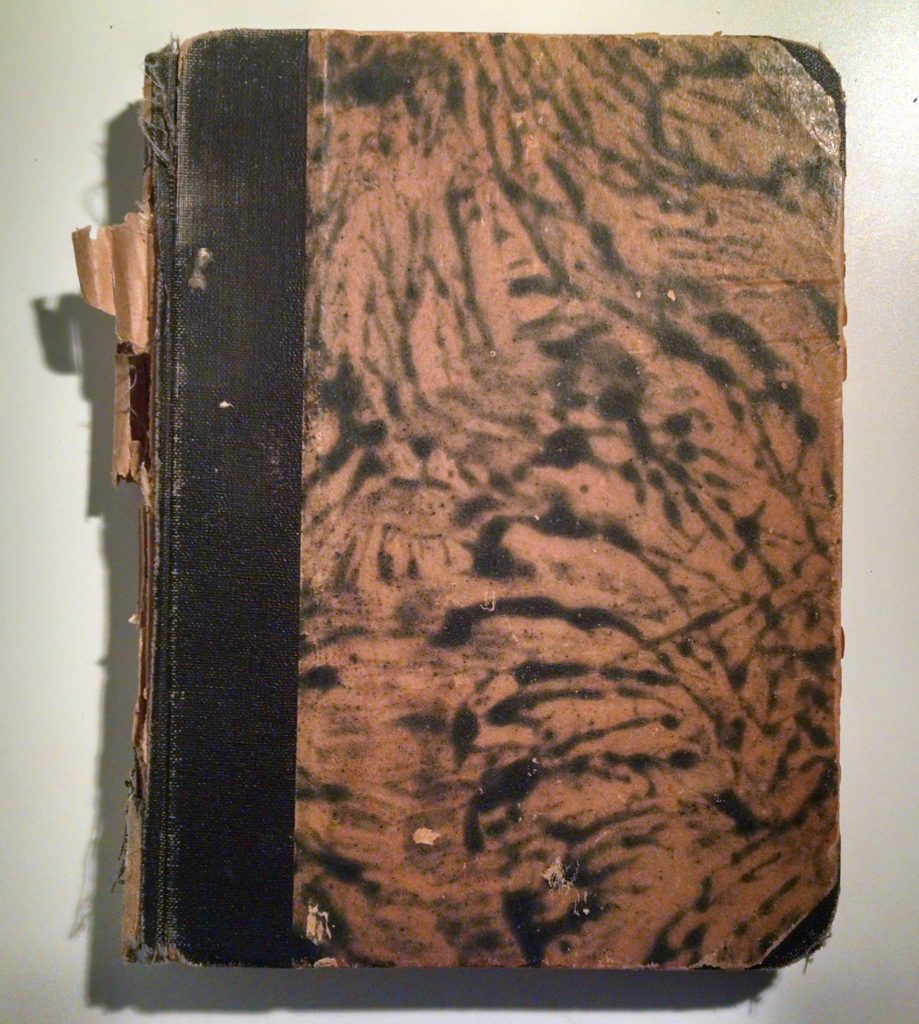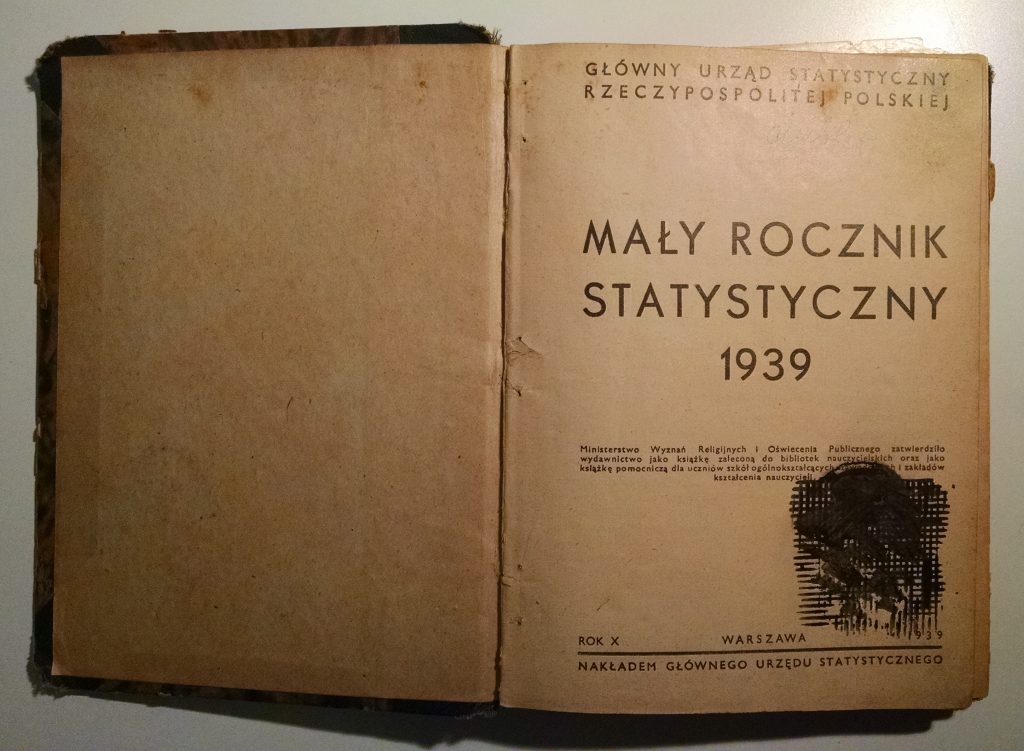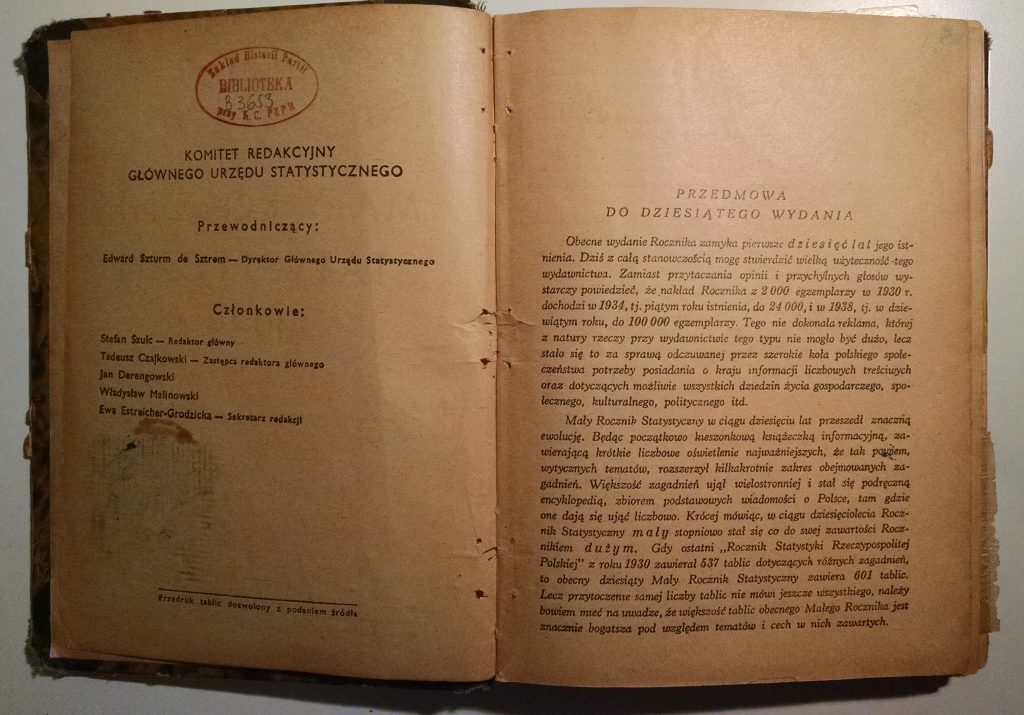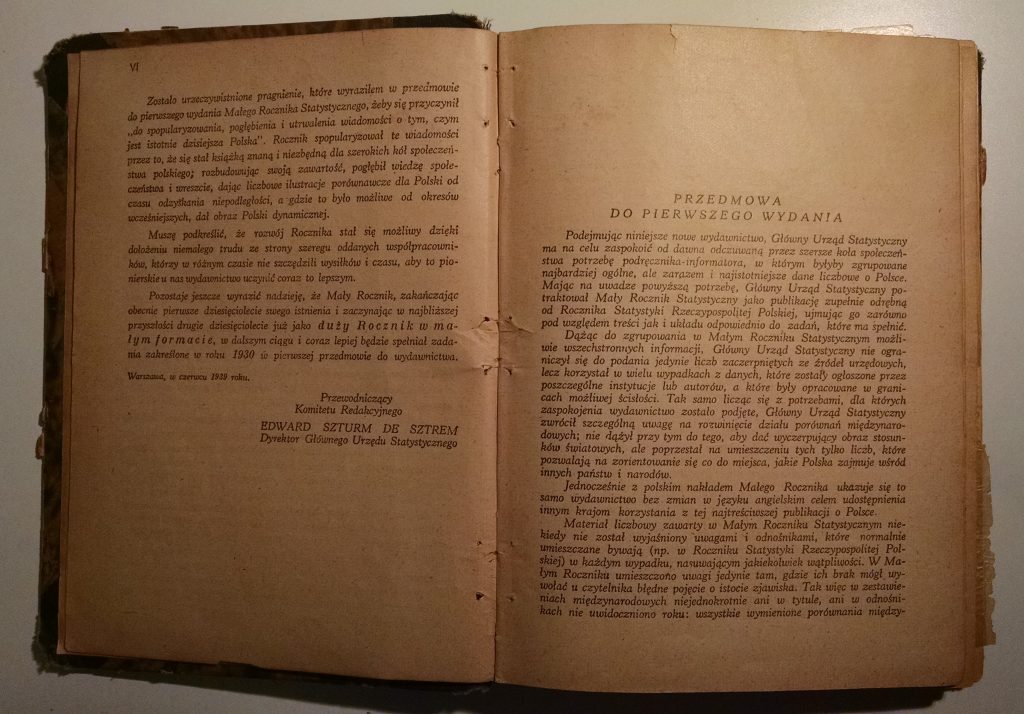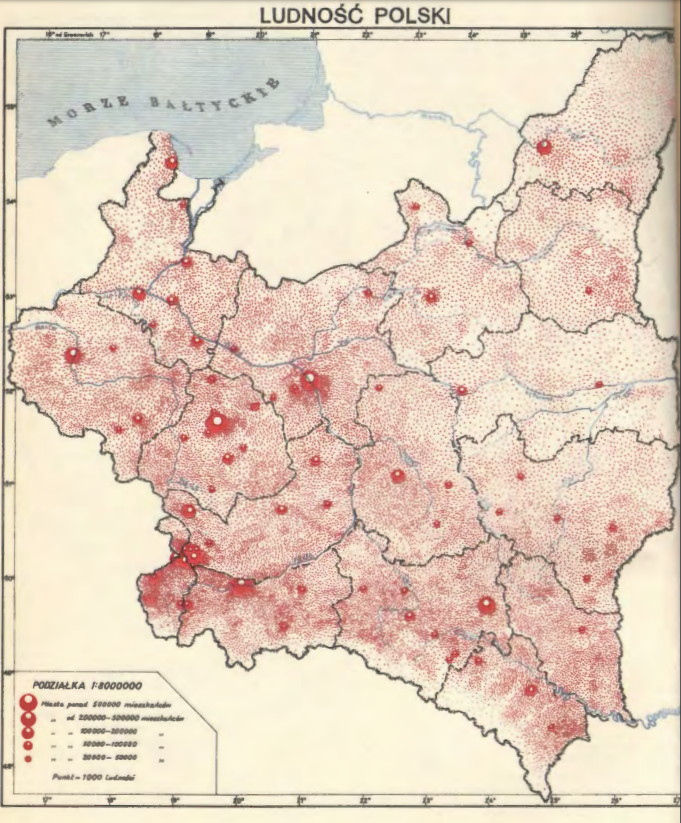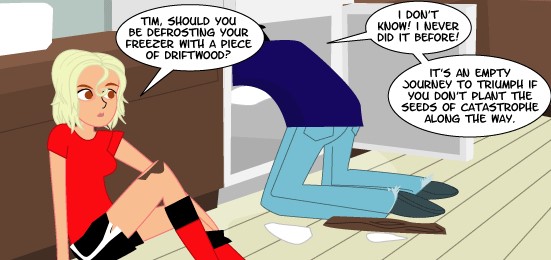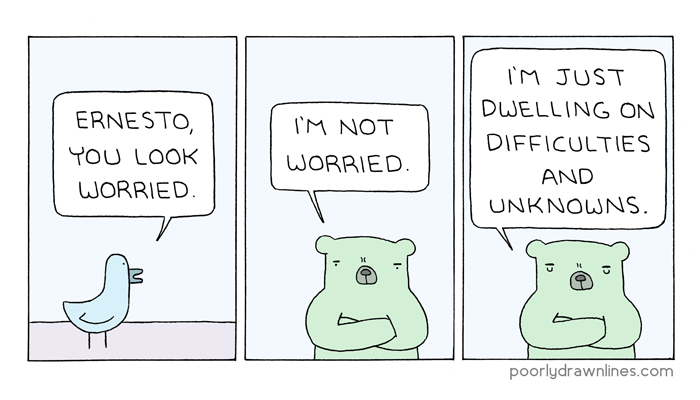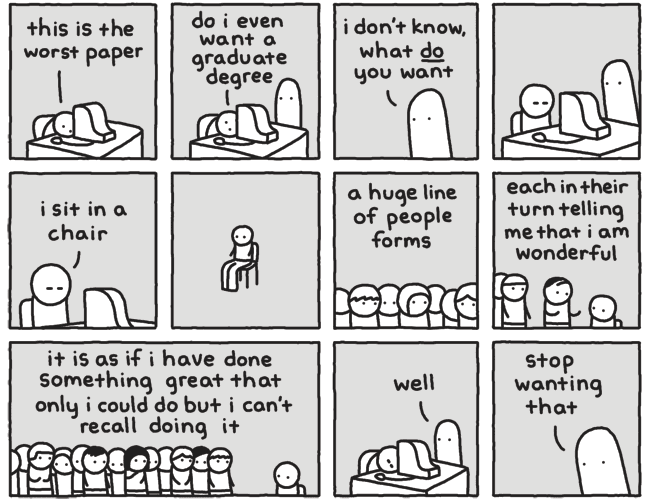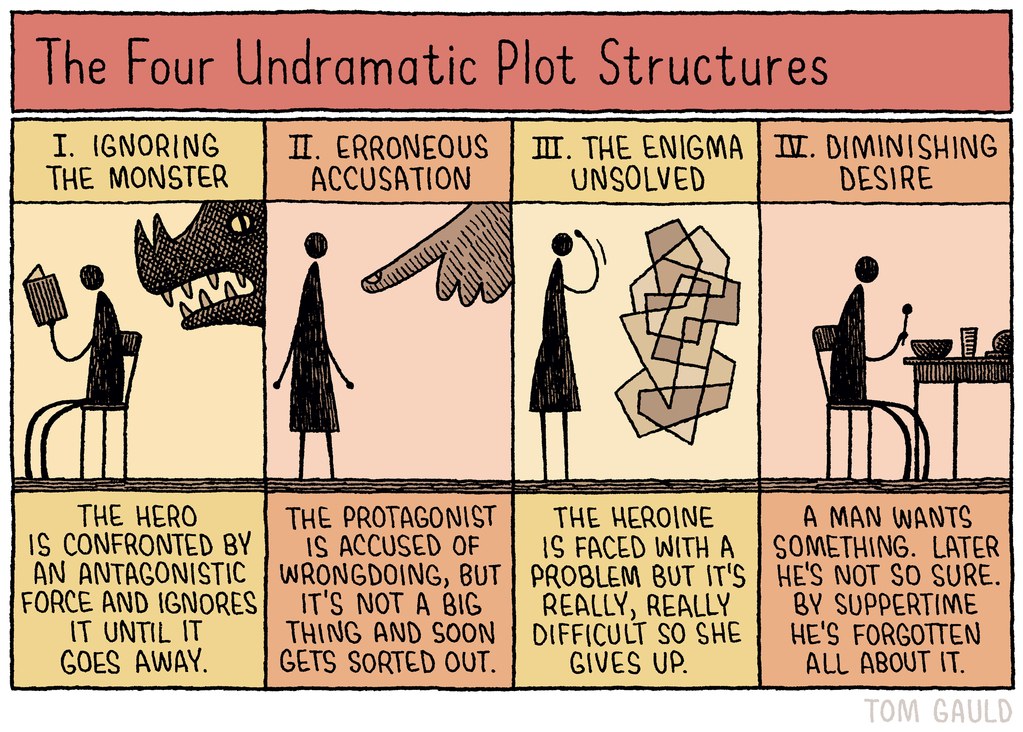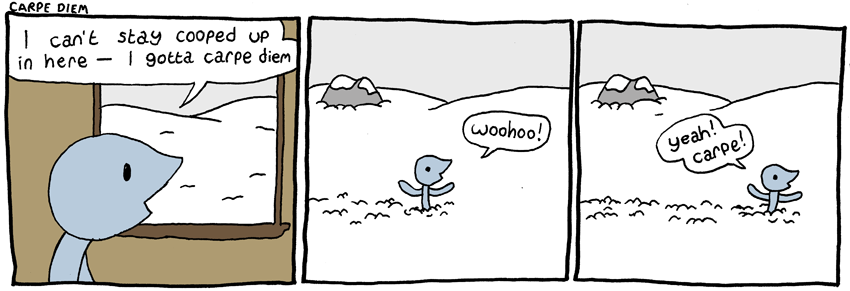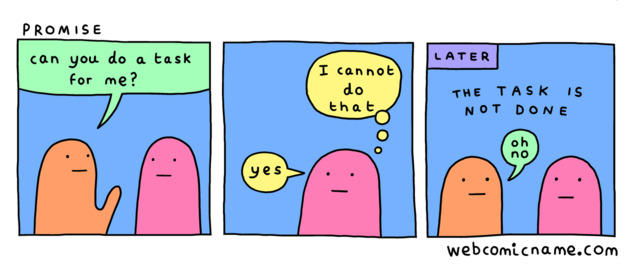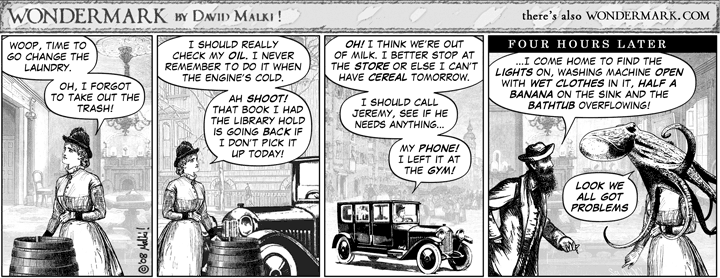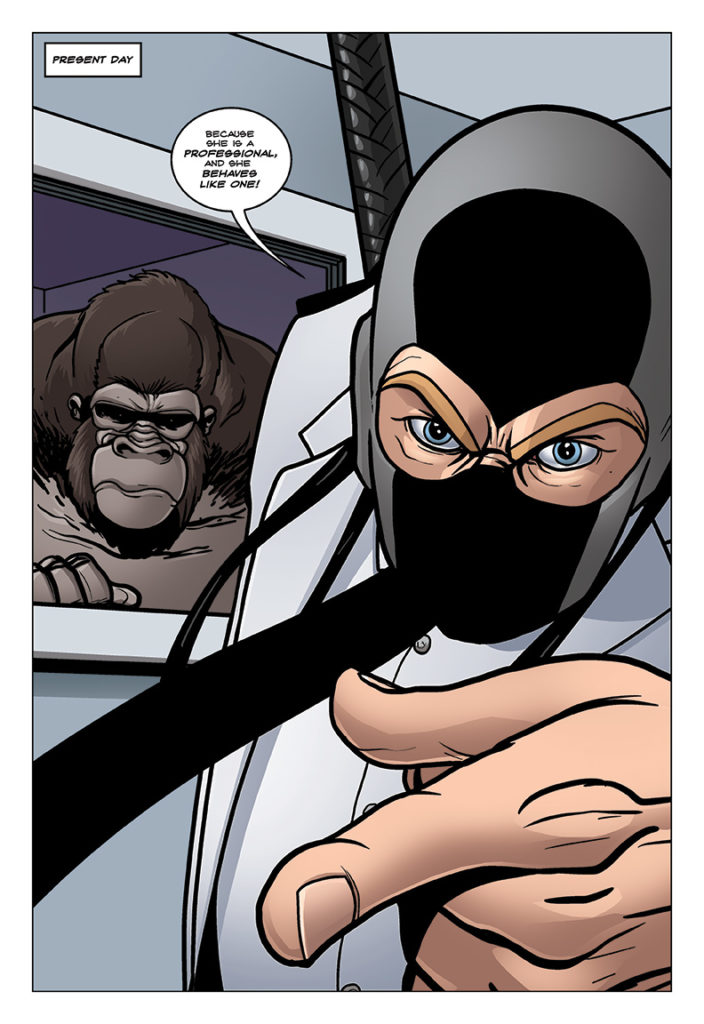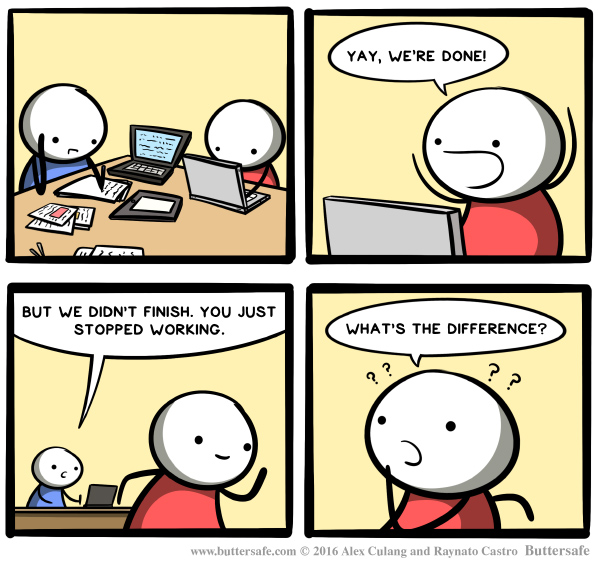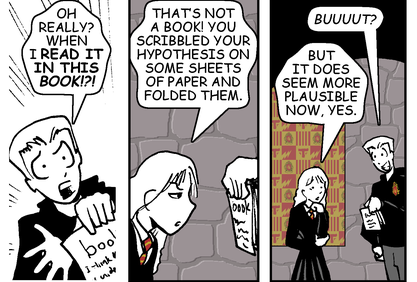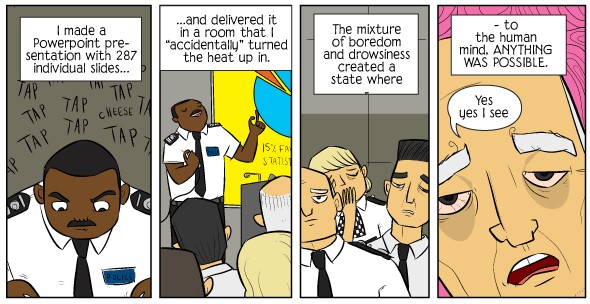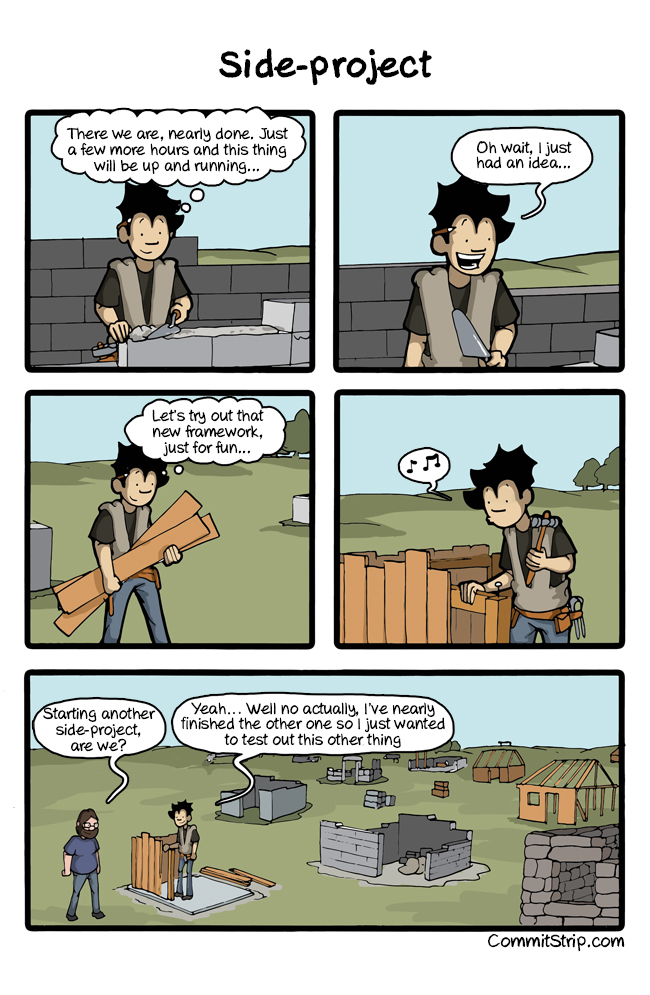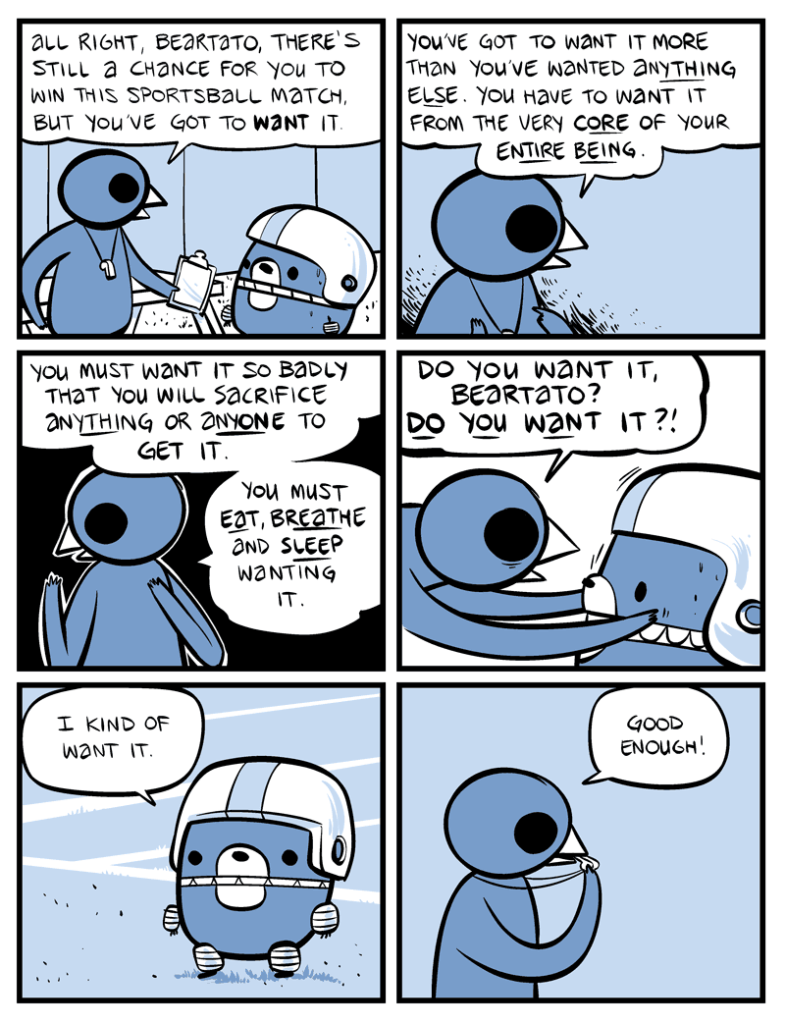I’m pleased to share that there will be a fifth NeurIPS workshop on Machine Learning for the Developing World (ML4D). This year’s call for papers has the theme of “Global Challenges.” What role can ML play in tackling global challenges such as COVID-19 or climate change, which affect the whole world but which have distinct local consequences in developing nations?
This year, ML4D is adding a new submission track: besides short papers, there is a new category of “problem pitches”:
Problem Pitches: We also welcome submissions of 1-2 page problem pitches outlining background, scope, and feasibility of a newly proposed research project along with the underlying research problem. The problem pitches track allows for direct feedback on new and proposed research, with the goal of better integrating researchers from low-income countries and research on development issues into the machine learning community. For that purpose, accepted submission will be paired with a dedicated project mentor. On the day of the workshop, mentors and attending community members will be able to give feedback on the problem pitches in topic-specific breakout sessions.
Please see the abstract below. If you have relevant work to share, consider submitting a 3-5 page short paper or a 1-2 page problem pitch by September 25th, 2021. The workshop will take place sometime during December 6-14, 2021.
While some nations are regaining normality after almost a year and a half since the COVID-19 pandemic struck as a global challenge –schools are reopening, face mask mandates are being dropped, economies are recovering, etc … –, other nations, especially developing ones, are amid their most critical scenarios in terms of health, economy, and education. Although this ongoing pandemic has been a global challenge, it has had local consequences and necessities in developing regions that are not necessarily shared globally. This situation makes us question how global challenges such as access to vaccines, good internet connectivity, sanitation, water, as well as poverty, climate change, environmental degradation, amongst others, have and will have local consequences in developing nations, and how machine learning approaches can assist in designing solutions that take into account these local particularities.
Past iterations of the ML4D workshop have explored: the development of smart solutions for intractable problems, the challenges and risks that arise when deploying machine learning models in developing regions, and building machine learning models with improved resilience. This year, we call on our community to identify and understand the particular challenges and consequences that global issues may result in developing regions while proposing machine learning-based solutions for tackling them.
Additionally, as part of COVID-19 global and local consequences, we will dedicate part of the workshop to understand the challenges in machine learning research in developing regions since the pandemic started. We also aim to support and incentivise ML4D research while considering the current challenges by including new sections such as a guidance and mentorship session for project proposals and a round table session focused on understanding the challenges faced by researchers in our community.



